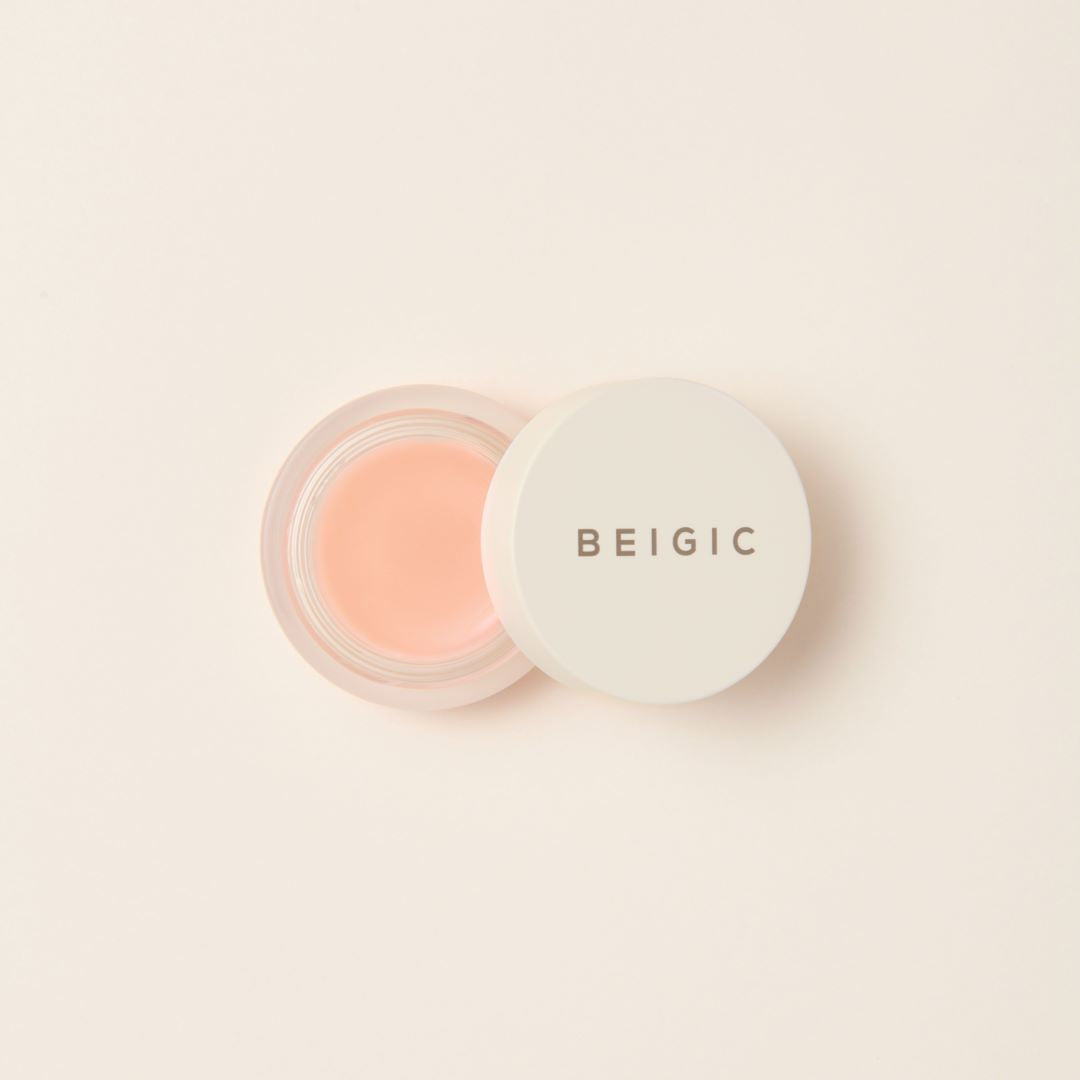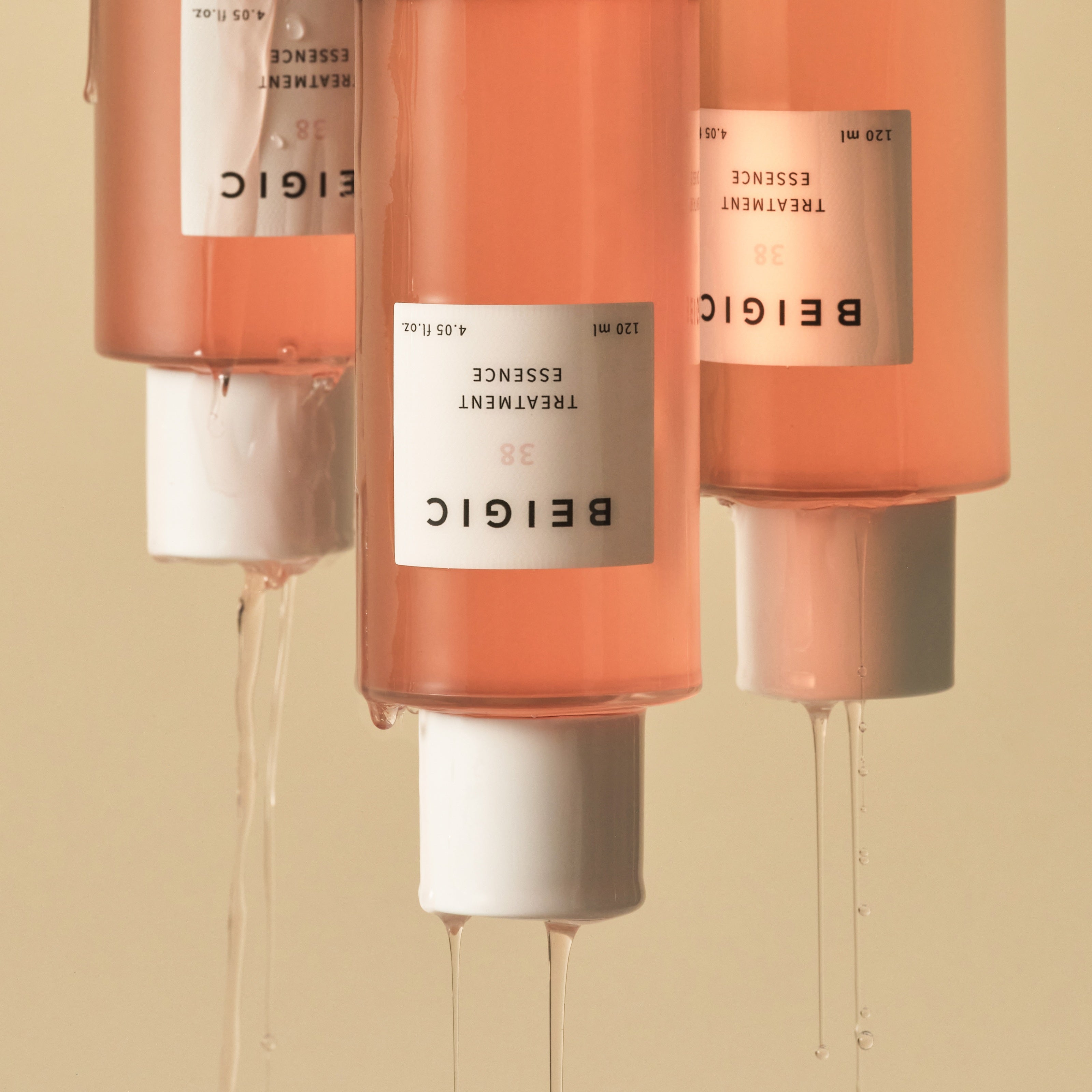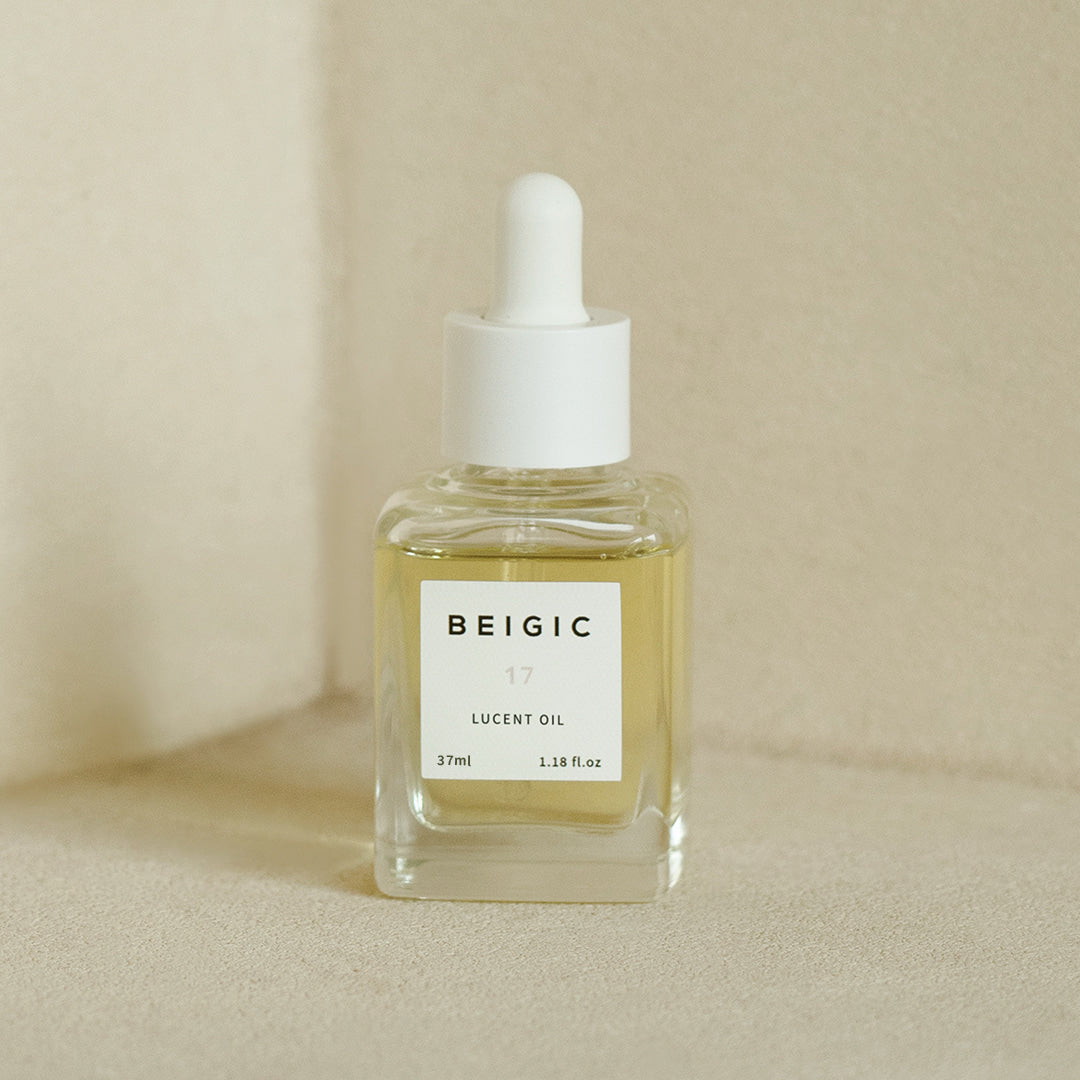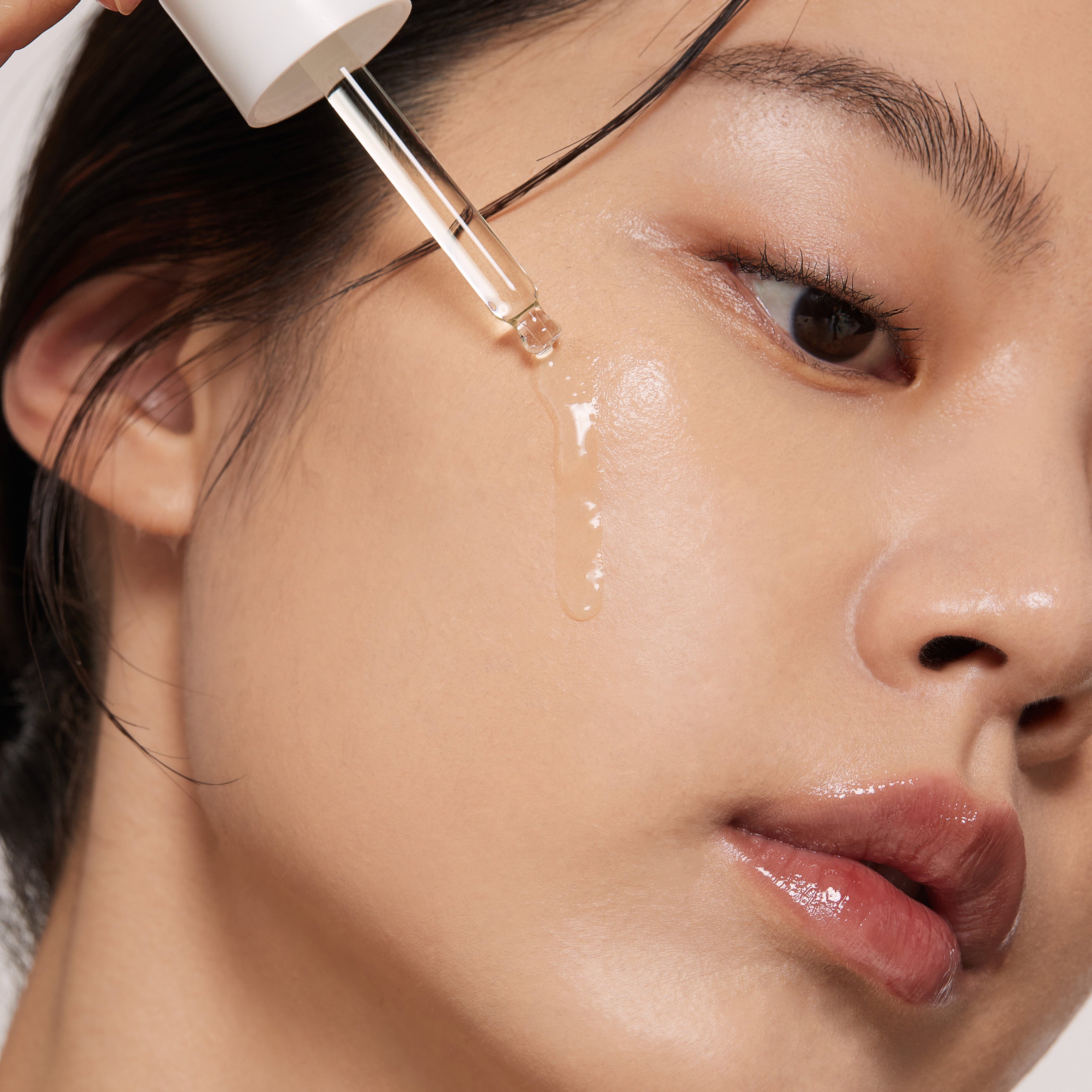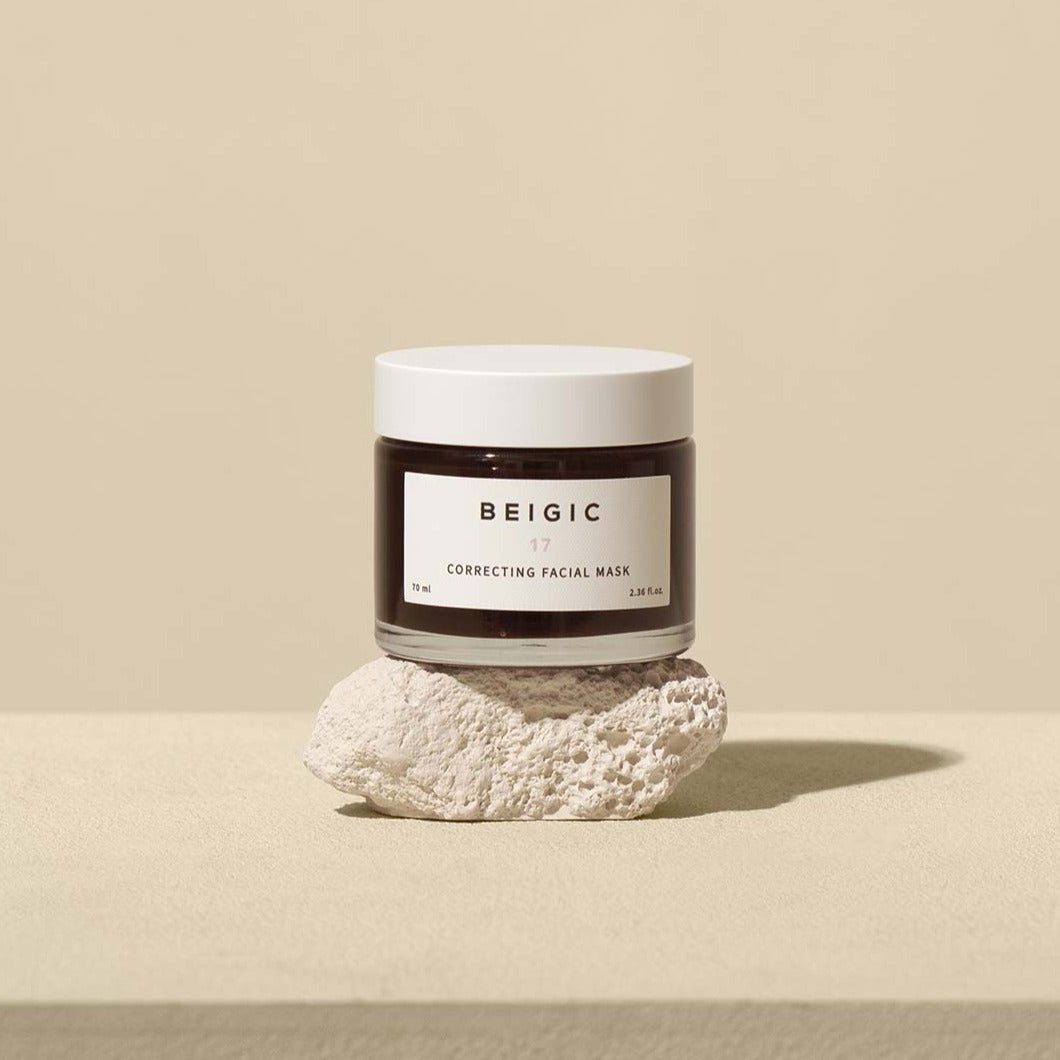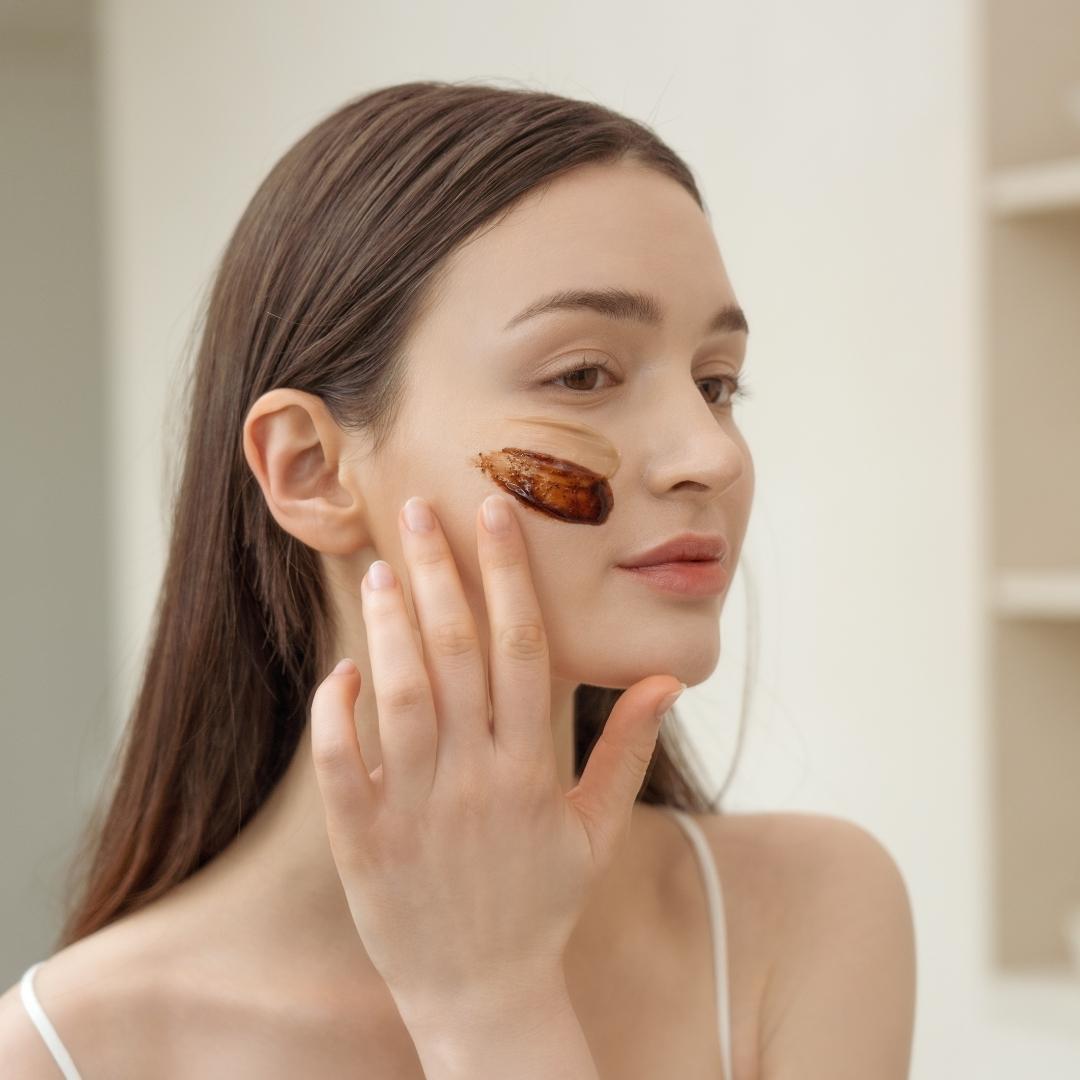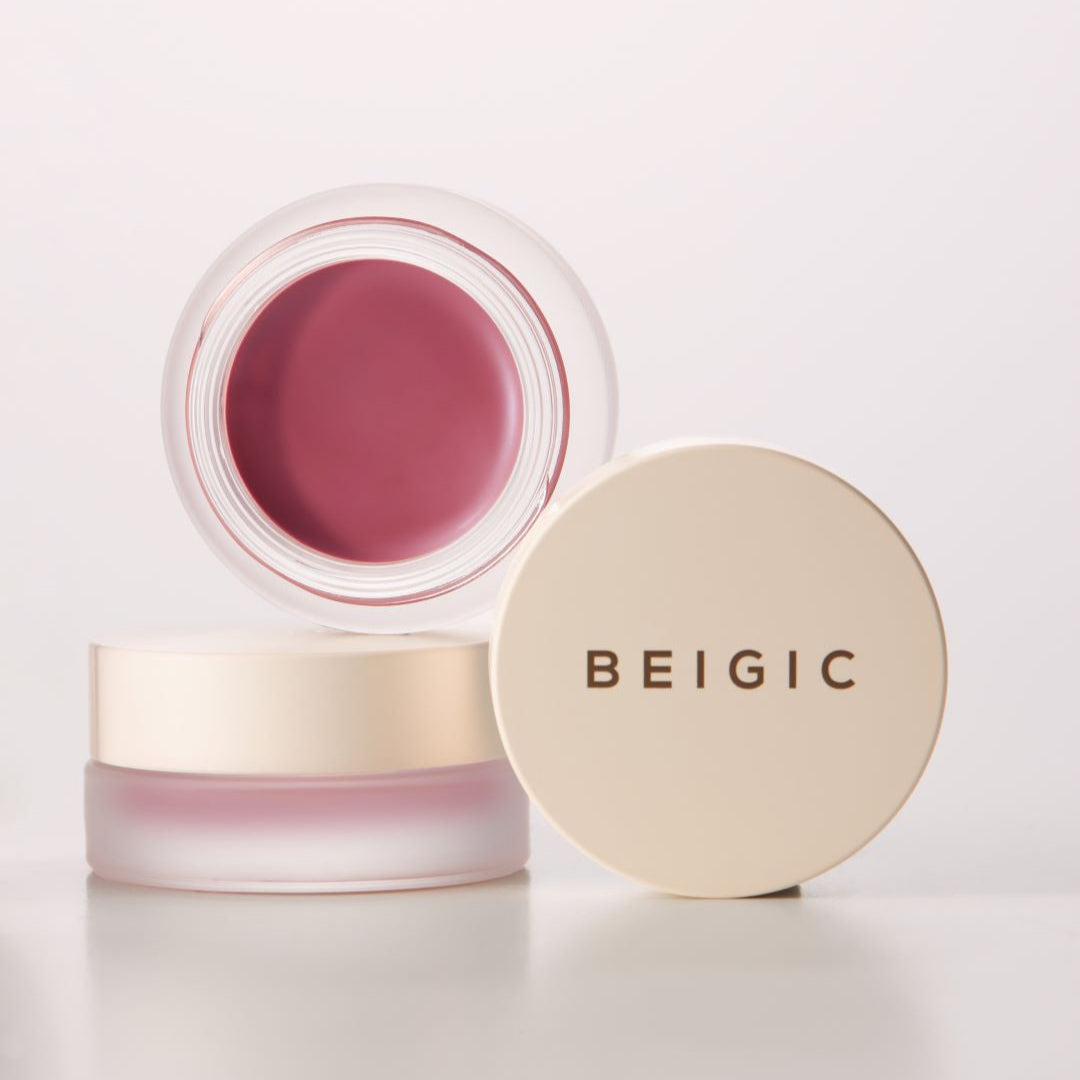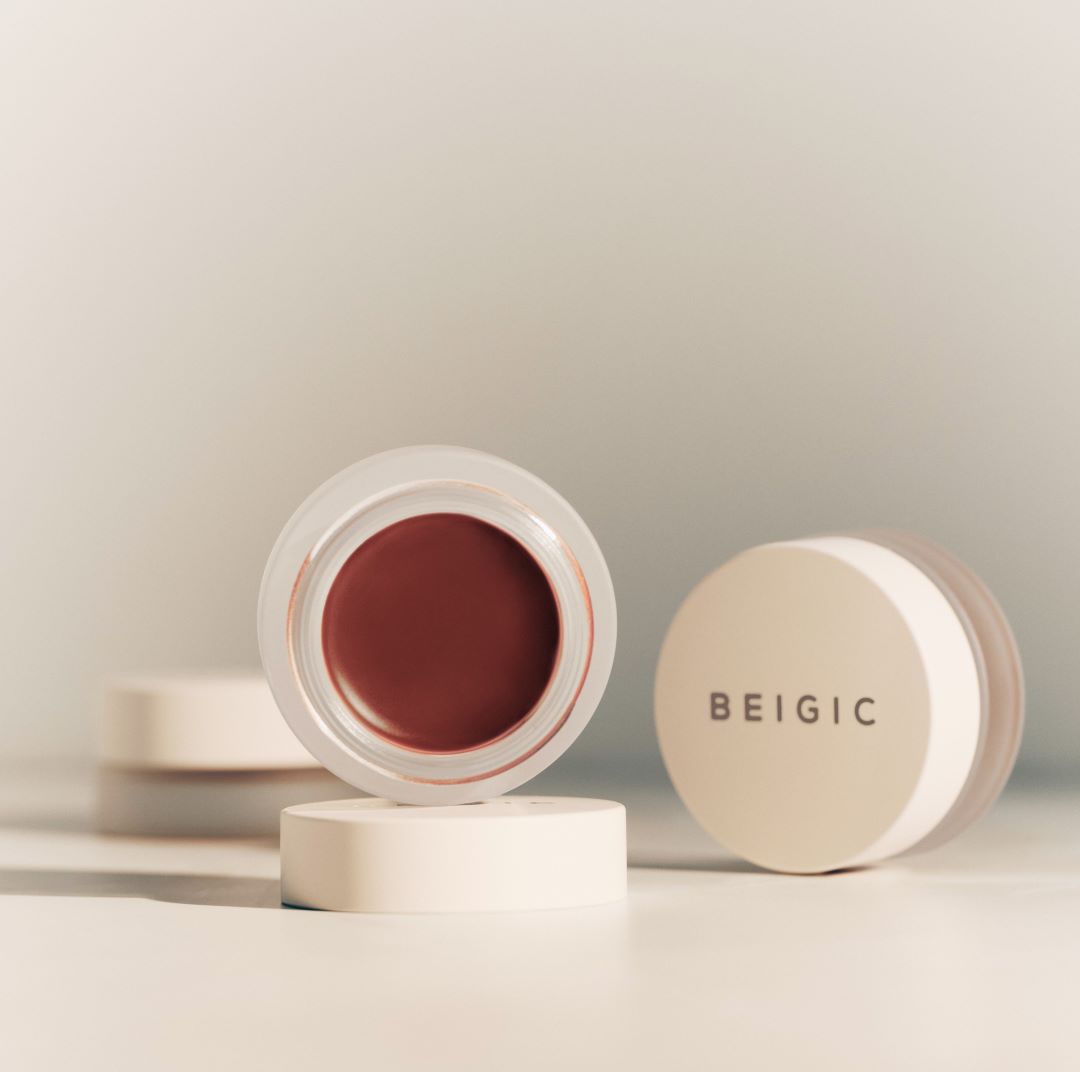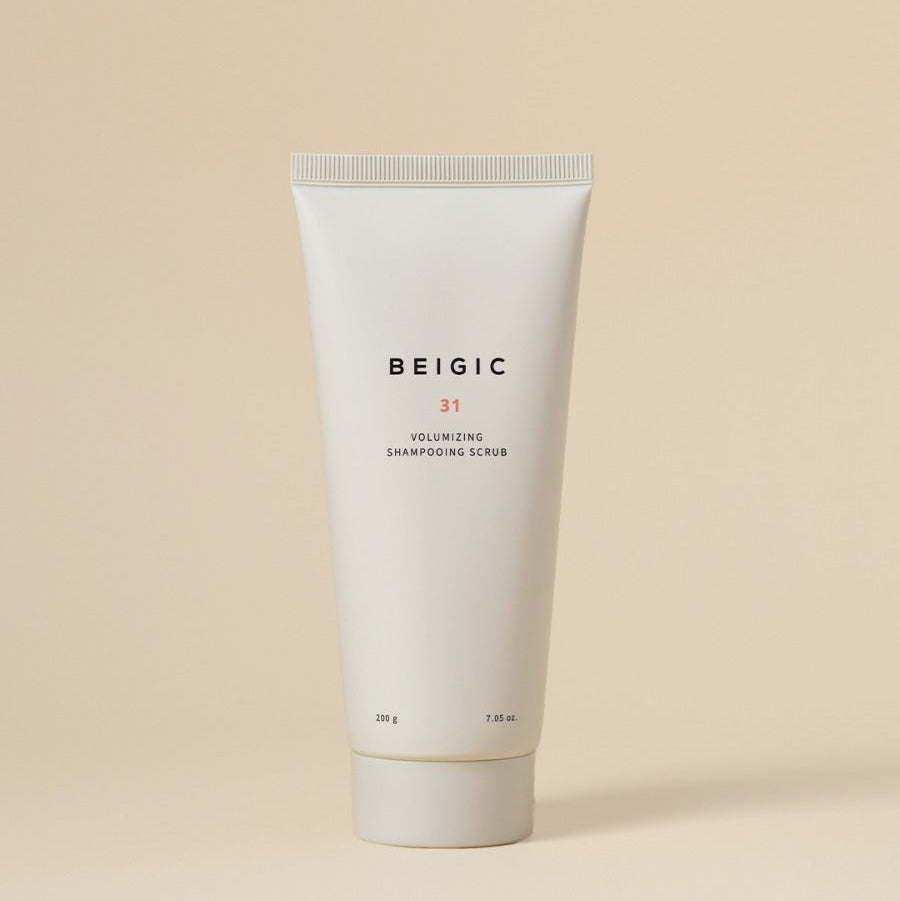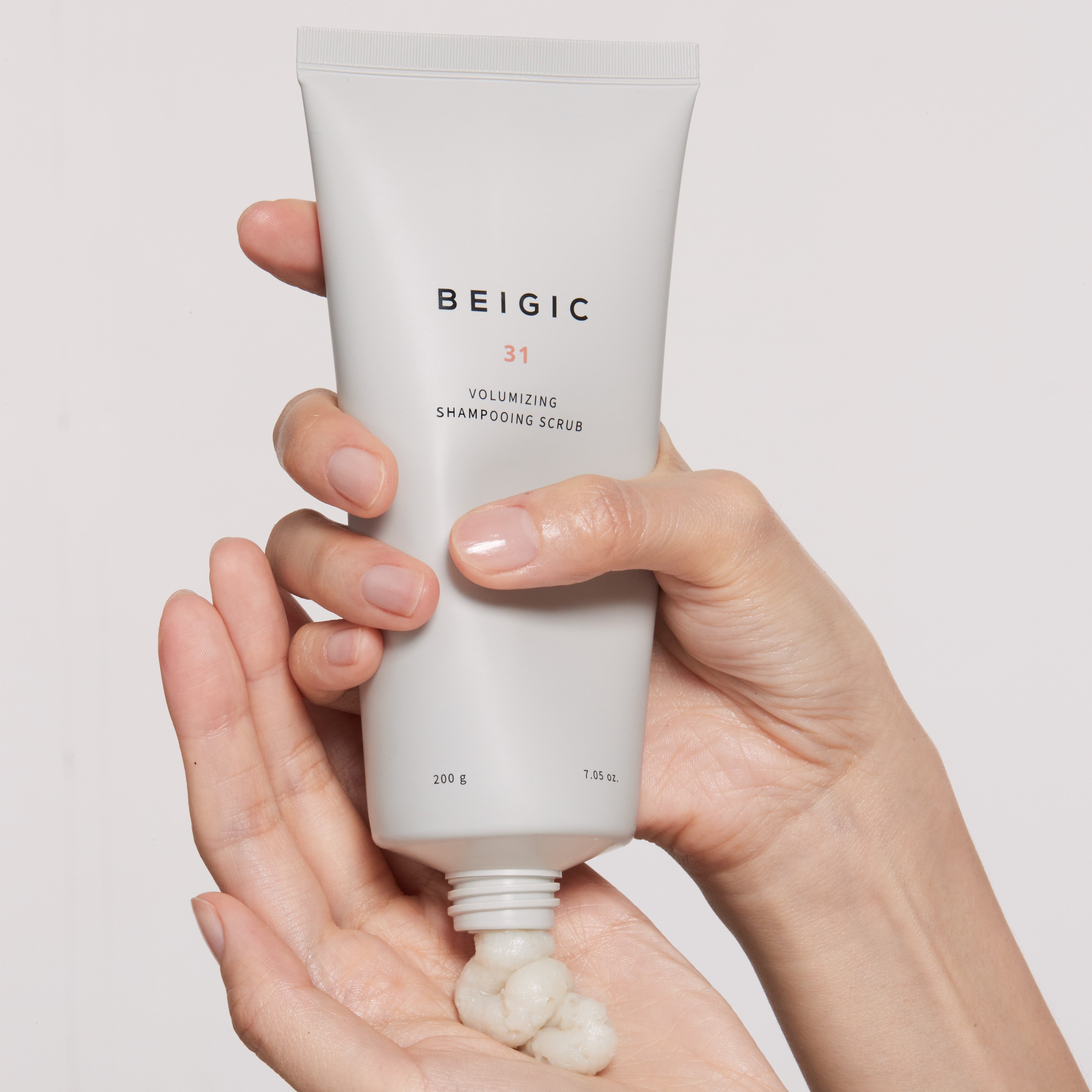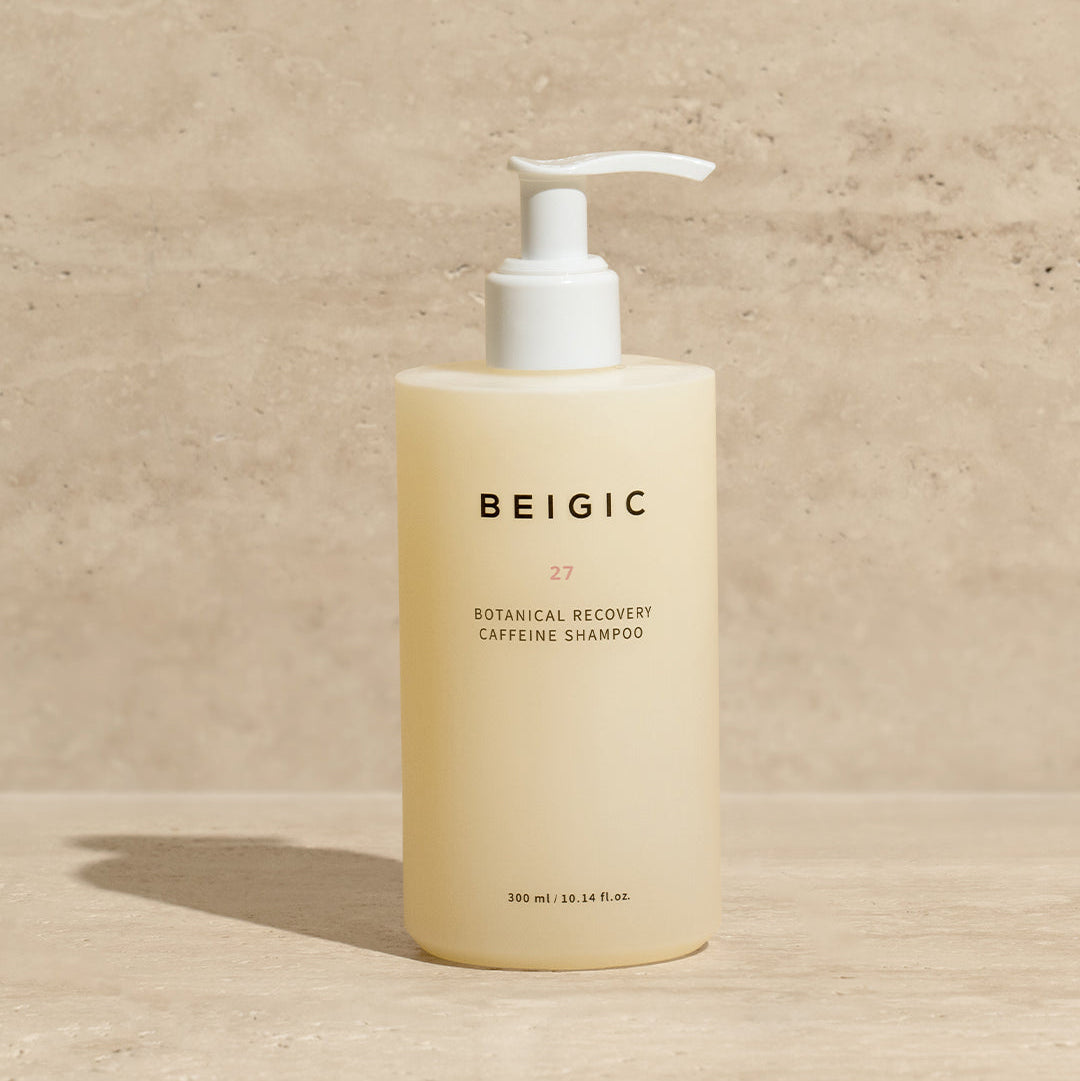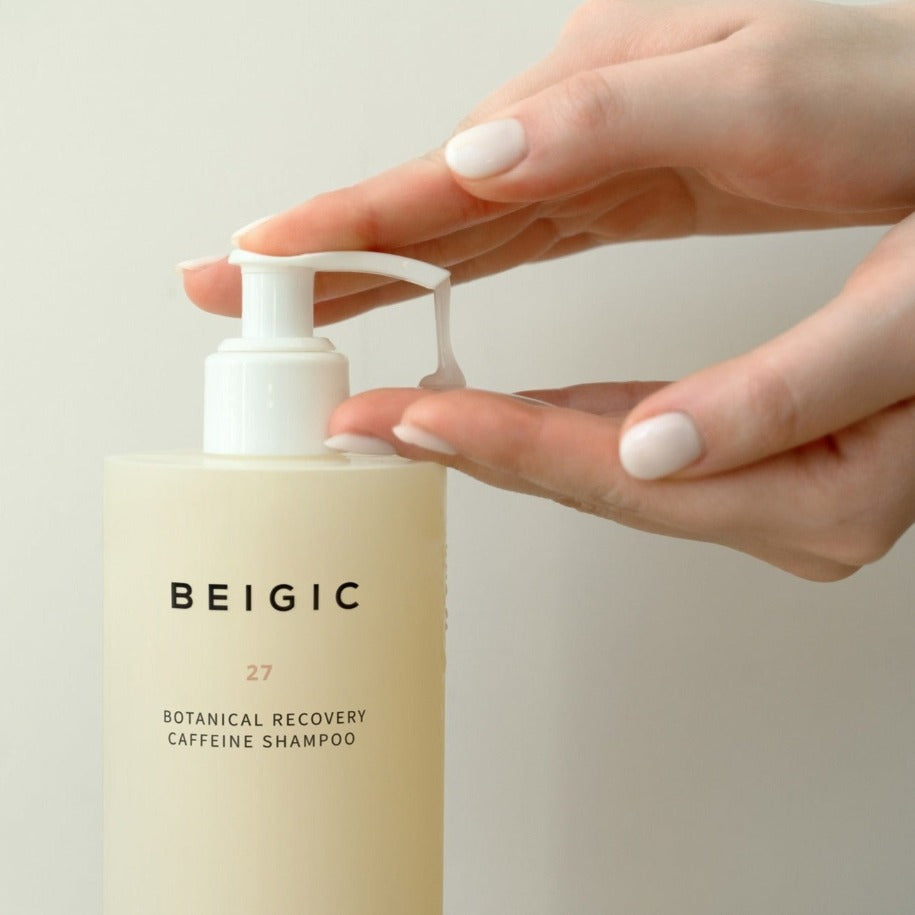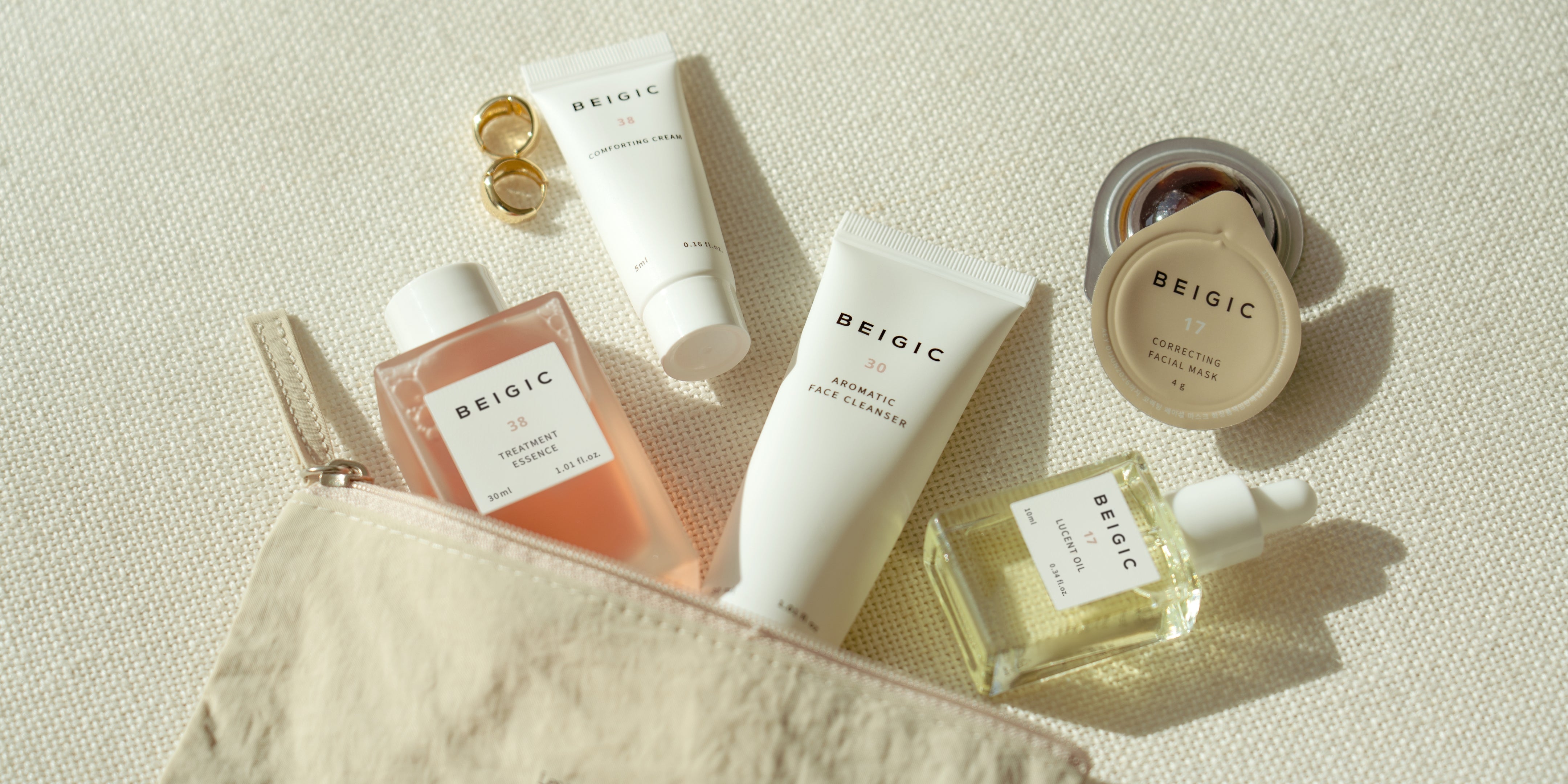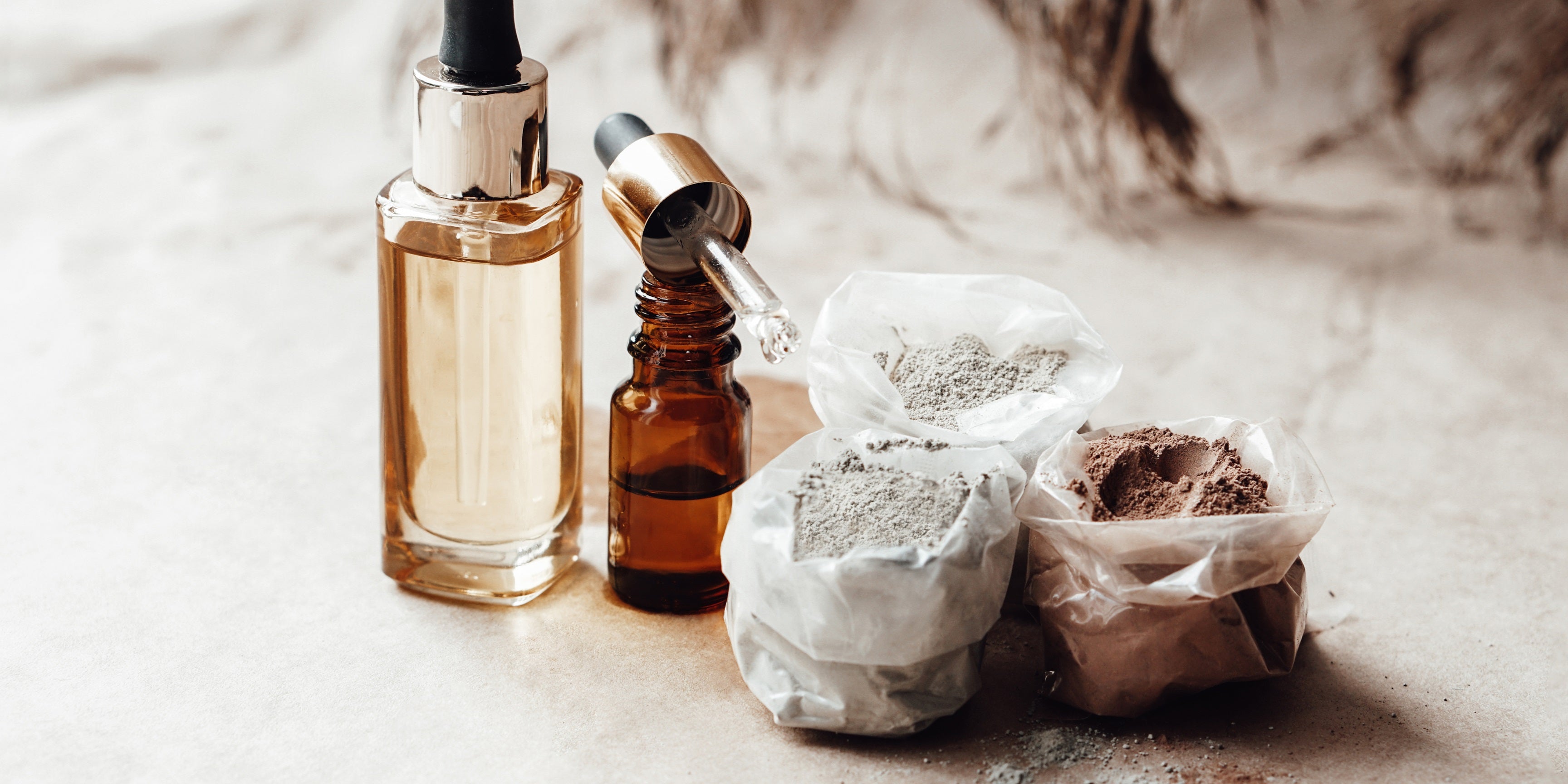
The Cultural History of Korean Beauty & Cosmetics
South Korea has emerged as a prominent player in the beauty and cosmetics industry. As a holistic skincare brand originating from South Korea, we invite you to explore the cultural history of Korean beauty and delve into the genesis of the Korean skincare ideology to gain a deeper understanding of its evolution.

The History of Korean Cosmetics
The origins of Korean beauty and skincare rituals date back to antiquity. The Coreana Cosmetics Museum, located south of Seoul, unveils the cultural richness and historical evolution of Korean cosmetics, presenting a collection of over 5300 items that narrate this history from antiquity to the modern era.
In the past, Koreans believed that their appearance could influence their inner selves, attributing significant importance to it. Thus, both men and women devoted themselves to their outward appearance, shaping a distinctive culture around cosmetics and accessories. They crafted scrubs, lotions, creams, facial oils, as well as colored powders, lipsticks, and brow ink, showcasing true expertise in the art of embellishment.
Ground mung beans ("Jodu" in Korean), rich in saponin, an effective cleansing agent, were used in the production of cleansing soap by mixing the obtained powder with water. Post-facial cleansing lotions were crafted from plant juices, including pumpkin stems.
Oils or extracts from plant seeds, such as castor oil and camellia oil, were frequently used as solvents, cherished for their delicate fragrance and non-sticky texture. Apricot and peach oils were favored for fading pigmentation spots, while safflower oil, rich in vitamin E and essential fatty acids, was used to enhance skin hydration and radiance.
Traditional cosmetics made from herbs and grains emitted distinct scents. Therefore, Korean women added fragrance, primarily crafted from dried clove buds, acting as a medicinal deodorant during baths and believed to reduce stress and mental fatigue. Various perfume methods are mentioned in the "Gyuhap Chongseo" (Encyclopedia of Women) from 1809, written during the Joseon Dynasty.
Ground rice and millet were used as powders. Eyebrows were a crucial feature, a trend that still persists today. Brow ink, composed of plant ash and indigo soot in various shades of black, blue, or dark brown, allowed for the drawing of different shapes, with crescent and willow leaf shapes being the most popular. Lastly, "Yeonji" a red extract from the safflower plant, was applied to the cheeks and lips.
1. Three Kingdoms Era
The history of Korean makeup traces back to 57 BCE during the Three Kingdoms period of Korea (Goguryeo, Baekje, and Silla), reaching its peak during the Goryeo Kingdom (918-1392). In the Three Kingdoms, earthenware predominated as the container material, but the emergence of celadon culture during the Goryeo era led to an abundance of containers dedicated to cosmetics.
|
Goguryeo |
The use of makeup was not deeply rooted in tradition but represented an emerging trend throughout the Goguryeo kingdom, irrespective of social status. The emphasis was on round faces and thin eyebrows. |
|
Baekje |
The Baekje kingdom pioneered technological innovation in cosmetics production. According to Japanese writings, cosmetic manufacturing techniques developed in Baekje were adopted by the Japanese, who then used them to create their own products. |
|
Silla |
In the Silla kingdom, Koreans believed that makeup enhanced not only the body but also the soul. The more makeup one wore, the purer they were perceived by the rest of Silla society. The Hwarang, composed of men, wore makeup along with jade rings, bracelets, necklaces, jewelry, and other accessories. In 692, a Buddhist monk introduced lead powder, revolutionizing the cosmetic industry. This led to the development of powder and rouge manufacturing techniques for application on cheeks and lips. |
2. Unified Silla (668-918)
After absorbing Baekje and Goguryeo, Silla took control of the Korean Peninsula in 668. This marked the beginning of the Unified Silla period, during which the peninsula was under the rule of the Silla kingdom. Influenced by China, makeup became a bit more extravagant. With the increasing popularity of braided and tied hair, cosmetics, gold headbands, and rings, the cosmetic industry grew significantly, attracting women's enthusiasm for luxury products.
3. Goryeo Dynasty (918-1392)
During the Goryeo Dynasty, cosmetic techniques reached a remarkable level of sophistication. The enthusiasm for cosmetics during this time was demonstrated, notably with the creation of more elaborate bronze mirrors.
4. Joseon Dynasty (1392-1910)
During the Joseon Dynasty, Confucianism formed the foundation of Korean society—a philosophy based on various virtues defined for both men and women. These ideals are considered noble, deeply influencing the culture. For women, modesty and simplicity prevailed: discreet elegance, a neat and gentle appearance with very little makeup. Confucian values, therefore, limited the practice of extravagant makeup. Instead, other items such as containers made of white and blue porcelain, mirrors, combs, hats, pendants, and hairpins were developed.
The Kisaeng (or Gisaeng), Korean courtesans comparable to Japan's geishas, played a crucial role in traditional Korean culture. Many historical and popular Korean tales feature Kisaeng as heroines. These women influenced all public makeup trends. The elite and upper-class women used to imitate the fashion of Kisaeng. Their bold eyebrows and clear, radiant complexion continue to define Korean beauty standards to this day: minimalist and understated makeup, clear and smooth skin, a bit of eyeliner, defined eyebrows, and possibly a touch of lip color to create a subtle contrast with the skin.
The Post-Joseon Era
At the end of the 19th century, new styles and makeup products emerged in tandem with the growing influence of Western culture, catalyzing the development of Korean cosmetic culture and fostering mass production and consumption. The "Bakgabun" powder was the first cosmetic product to be mass-produced in Korea, becoming a best-seller from 1915 to 1930. However, due to the presence of lead in its formulation, sales experienced a significant decline over time, making way for similar products.
In the 1920s, Japanese brands dominated the cosmetics market, hindering the development of the Korean cosmetic industry. After the liberation from Japanese colonial rule, the Korean cosmetics industry was able to resume, but the outbreak of the Korean War in 1950 once again dashed hopes of industry expansion. However, around 1961, the enforcement of a law prohibiting the sale of foreign products marked the beginning of prosperity for the Korean cosmetics industry.
Modern Korean Cosmetics
Korean expertise is now undeniable: South Korea leads in skincare, combining natural ingredients from its traditions with recognized scientific components. It develops high-quality cosmetic products that are gaining popularity internationally. Korean beauty draws inspiration from nature, adopting a holistic approach that encompasses both body and mind, delivering lasting results. From natural and organic skincare to more conventional or cosmeceutical products, the Korean cosmetics industry is one of the most influential today.
Clean and vegan beauty has also undergone significant evolution in recent times, reflecting the growing consumer desire to promote more ethical and environmentally friendly consumption, as well as animal well-being. All our skincare is fully vegan, reflecting this evolution. Products such as our Comforting Cream, which soothes and strengthens the skin barrier, and our Enhanced Firming Cream, which supports collagen and firmness, embody this modern, responsible approach.
To continue this exploration, discover how the skin’s natural rhythms shape its daily needs in our article on “Skin Chronobiology”.

